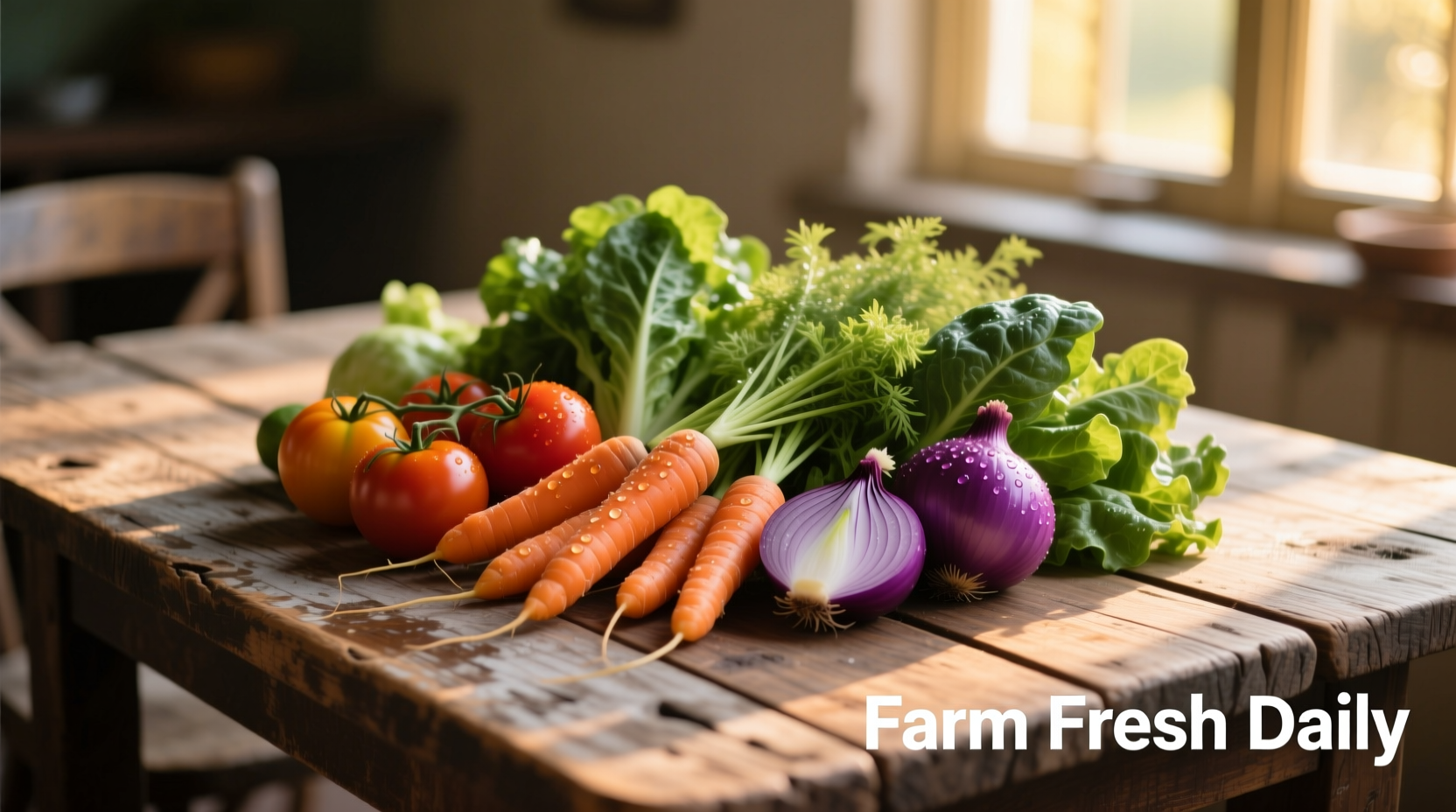The Science Behind Calories in Foods
Understanding why no food can be truly zero-calorie requires basic nutritional science. Calories measure the energy content in food derived from macronutrients: carbohydrates and proteins provide 4 calories per gram, fats 9 calories per gram, and alcohol 7 calories per gram. Even the most watery vegetables contain trace carbohydrates that register as calories.
According to the USDA FoodData Central, the closest foods to “zero-calorie” include:
| Food | Calories per 100g | Water Content | Key Nutrients |
|---|---|---|---|
| Celery | 16 | 95% | Vitamin K, Potassium |
| Cucumber | 15 | 96% | Vitamin C, Magnesium |
| Iceberg Lettuce | 14 | 96% | Vitamin A, Folate |
| Zucchini | 17 | 95% | Vitamin C, Manganese |
| Radishes | 16 | 95% | Vitamin C, Calcium |
Debunking the “Negative Calorie Food” Myth
The concept that certain foods require more energy to digest than they provide has circulated for decades. While the thermic effect of food (TEF) is real—the energy expended during digestion—research from the National Center for Complementary and Integrative Health shows TEF typically accounts for only 5-15% of a food's caloric value. For example, a 16-calorie celery stalk might burn 2-3 calories during digestion, not all 16.
Dietitians at Mayo Clinic confirm: “No food requires more calories to digest than it contains. The negative-calorie concept is nutritionally inaccurate, though these ultra-low-calorie foods remain valuable for weight management.”

Practical Benefits of Extremely Low-Calorie Foods
While not calorie-free, these foods offer significant advantages:
- Volume eating: Fill your plate with 100 calories of celery (6 stalks) versus 100 calories of crackers (about 10 pieces)
- Nutrient density: Cucumber provides vitamin K and potassium with minimal calories
- Hydration boost: Water-rich vegetables contribute to daily fluid needs
- Craving management: Crunchy textures satisfy oral fixation without significant calories
Smart Ways to Incorporate Low-Calorie Foods
Maximize these foods' benefits without falling for diet myths:
Strategic Meal Integration
Replace half your ground meat with finely diced mushrooms in tacos or spaghetti sauce. Add spiralized zucchini to pasta dishes to stretch portions. Use lettuce cups instead of tortillas for tacos. These techniques reduce overall calorie density while maintaining satisfaction.
Daily Hydration Hack
Infuse water with cucumber slices, lemon, or mint instead of drinking sugary beverages. A study in the Journal of Human Nutrition and Dietetics found people who consumed water-rich foods ate 12% fewer calories overall at subsequent meals.
Smart Snacking Formula
Pair extremely low-calorie foods with protein for balanced snacks: celery sticks with 1 tbsp almond butter (100 calories total), cucumber slices with 2 oz turkey (90 calories), or bell peppers with 2 tbsp hummus (120 calories).
Common Misconceptions and Risks
Focusing exclusively on “zero-calorie” foods presents several dangers:
- Nutritional gaps: Over-reliance on watery vegetables misses essential fats and proteins
- Metabolic adaptation: Extremely low-calorie diets can slow metabolism long-term
- Diet mentality: Labeling foods as “free” may encourage obsessive eating patterns
The Academy of Nutrition and Dietetics emphasizes: “Sustainable weight management focuses on balanced nutrition, not eliminating specific foods. Extremely low-calorie foods work best as part of varied diets, not as standalone solutions.”
Building a Balanced Approach
Instead of searching for mythical zero-calorie foods, create sustainable habits:
- Fill half your plate with non-starchy vegetables at meals
- Choose whole foods over processed alternatives
- Practice mindful eating to recognize fullness cues
- Combine physical activity with nutritional changes
- Consult registered dietitians for personalized plans
Remember that nutrition science continues evolving. What matters most is developing flexible eating patterns you can maintain for life, not chasing nutritional shortcuts that don't exist.











 浙公网安备
33010002000092号
浙公网安备
33010002000092号 浙B2-20120091-4
浙B2-20120091-4